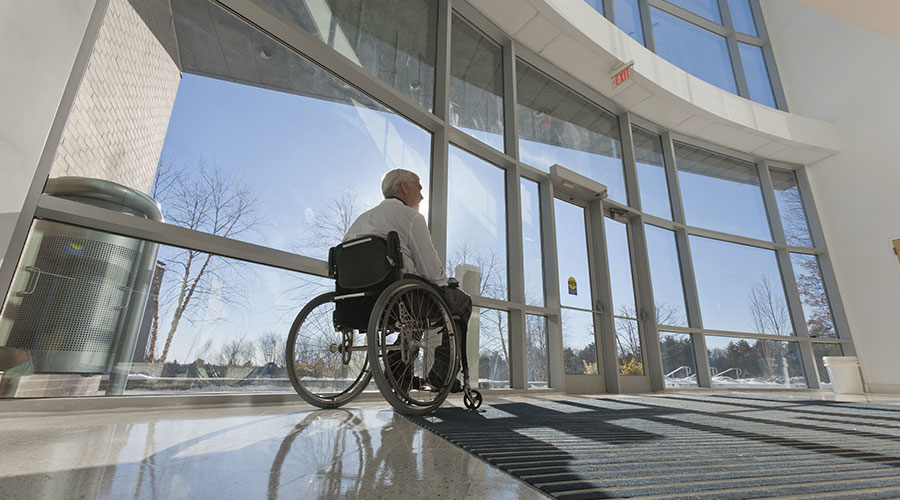By following ASHRAE Standard 202-2013 Commissioning Process for Buildings and Systems and the ASHE Health Facility Commissioning Guidelines, facility managers can increase their overall patient comfort and experiences. This includes everything from planning, energy audits, design, construction, operations, and post-occupancy. Sound like a lot? Commissioning can help.
With Commissioning, FMs can reduce energy, improve the operation of your systems, correct areas where HVAC systems are causing complaints, and locate additional capacity in your systems. But commissioning can do so much more. Most RFPs don’t include emergency power, fire and smoke systems, and access doors — but they should.
Here’s a preview:
We get a lot of commissioning RFPs out there. People are looking for more general HVAC emergency power systems but what we’re finding out, is we need to start diving deeper in some of the systems that are out there. So there’s kind of two RfPs out there.
There’s commissioning light and there’s I want to see everything going on with the building. General HVAC emergency power is always covered. It’s covered in energy guidelines or the energy standard energy code. Where we’re starting to see most of the problems come out here is when we get into the bigger scopes and some things that we see that should be start being included is fire and smoke dampers, critical space receptacle testing, and then coordination study settings.
Typical commissioning RFPs are not specifically calling this stuff out and this stuff really takes more of a specialized focus because it does include more time to actually look at these things and get more and to dive deeper into what the scope’s going to be.
You’re probably like, “oh the commissioning guy here is giving a presentation he’s pushed his goal.” Well yes or no. I mean all buildings get commissioned, right? Whether you do it during construction or whether after the construction is done whether you figure out what the problems are and correct them on your own. At least when you’re doing the commissioning during construction the CXA and the owner have the power to make sure that the contractors, the CM, everyone’s on hook to go and give you systems that operate properly can be maintained or design can meet your joint commission requirements for testing in the future. All that other great stuff so you know how much extra time does this take.
This commissioning is not selling. We’re not selling an air handler. Not selling receptacle. We’re not doing this. We sell time our time. It brings value so kind of breaking that commodity down in time. For fire smoke dampers it’s about 15 minutes per damper installation and when I get into this I’ll explain why. About 30 minutes for actually testing the damper. If it’s a dynamic fire damper, you’re about 15 minutes to damper if it’s fire smoke because it’s more verification where the dynamic damper is actually physically moving something, opening it and closing it.
So NFPA 99 testing receptacles in patient rooms, you can go through a whole patient room in about 15 minutes with the right devices and then electric coordination study settings. It’s about 10 minutes per panel because lots of times with these new breakers you’re actually scrolling through a screen comparing your values. You actually spend more time filling out your checklist than you’re actually looking at something.





